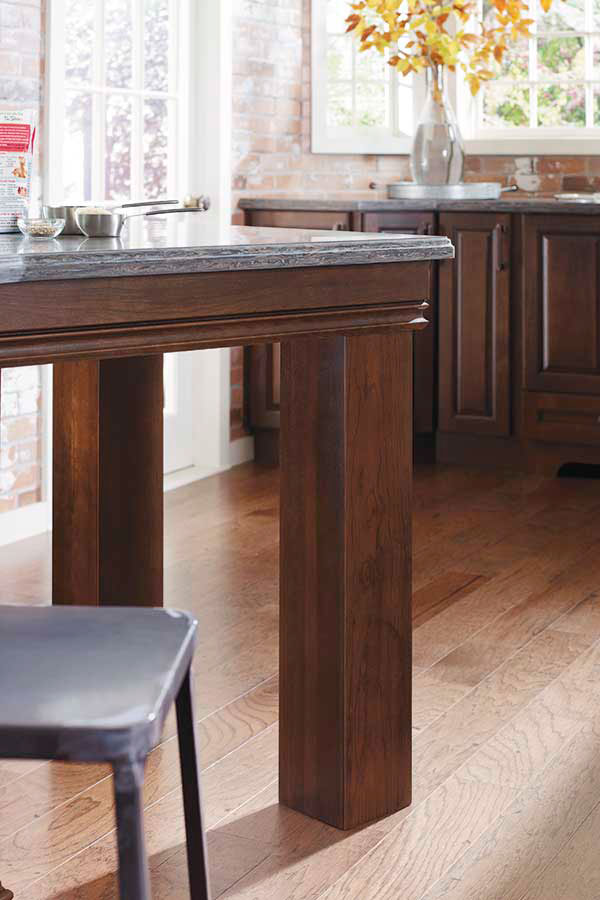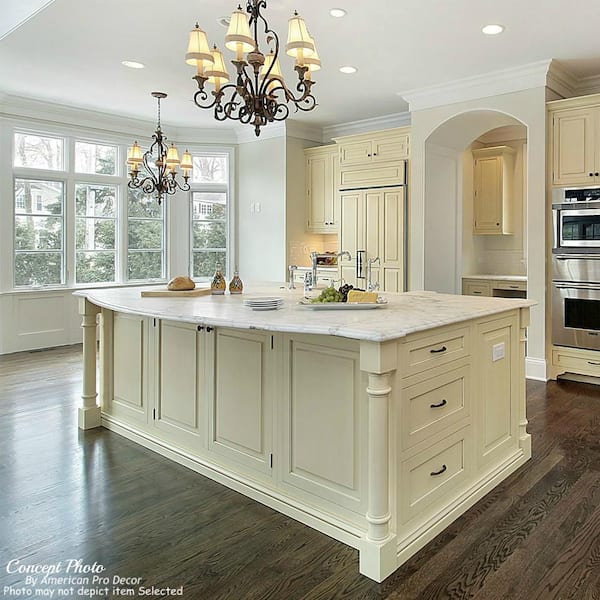Take Full Advantage Of Convenience with Flexible Legs For Kitchen Island Attributes
Take Full Advantage Of Convenience with Flexible Legs For Kitchen Island Attributes
Blog Article
Crucial Variables to Think About When Choosing Legs For Kitchen Island
Choosing the appropriate legs for a kitchen area island entails a cautious analysis of multiple aspects that can significantly influence both capability and aesthetic charm. As we discover these elements, it ends up being clear that each choice can have far-ranging implications for the general cooking area experience.
Material Options
When choosing legs for a cooking area island, understanding the various material alternatives is essential for accomplishing both visual allure and architectural integrity (Legs For Kitchen Island). The option of product dramatically affects not only the sturdiness of the island however additionally its total design and functionality
Wood is a prominent option, supplying heat and versatility. Solid hardwoods, such as oak or maple, offer stamina and can be discolored or repainted to match the cooking area style. Steel legs, usually made from stainless steel or wrought iron, contribute a modern and industrial feel while ensuring resilience and stability. These materials are resistant to put on and can sustain significant weight, making them ideal for bigger islands.
An additional alternative is engineered materials, like MDF or plywood, which can be extra affordable while still providing a series of coatings. They might not supply the exact same level of security as strong wood or steel. Legs For Kitchen Island. Last but not least, materials such as acrylic or glass can create a modern appearance, though they may call for extra support to make certain security.
Ultimately, the option of material for cooking area island legs must align with the wanted performance and the total style of the kitchen.
Design and Design

When taking into consideration design, the form and coating of the legs are essential. Conical legs can give a feeling of agility and sophistication, while thicker, a lot more durable legs can communicate stamina and stability. Additionally, the finish-- be it repainted, tarnished, or all-natural-- must match the cabinets and countertop materials to develop a unified appearance.
Additionally, the style of the legs can also reflect individual preference. Customized or decorative legs, such as those including detailed makings or distinct geometric shapes, can offer as prime focus, adding personality and individuality to the kitchen area. Ultimately, the appropriate selection will not only enhance functionality however additionally boost the aesthetic charm, making the cooking area island a standout feature of the home.
Elevation Factors To Consider
Choosing the proper height for kitchen area island legs is critical, as it directly affects both capability and comfort. The common height for a kitchen area island normally ranges from 36 to 42 inches, lining up with typical kitchen counter heights.

It is additionally vital to represent users' choices and heights. Customizing the elevation can guarantee a comfy experience for all family members, making the kitchen area island a more functional and delightful space.
Weight Assistance
Guaranteeing ample weight assistance for kitchen island legs is crucial for both safety and capability. The kitchen island usually serves numerous purposes, consisting of cooking, dining, and added storage, demanding a robust support structure. When picking legs, it is critical to consider the general weight capacity required based on the island's wikipedia reference meant use and the materials that will be put on it.
The option of material for the legs plays a considerable duty in their weight-bearing capacities. Strong wood, steel, and sturdy composites typically give exceptional stamina contrasted to lighter products. Additionally, the style of the legs-- whether they are directly, tapered, or have a pedestal kind-- can influence their ability to distribute weight successfully throughout the structure.
Constantly get in touch with the supplier's requirements pertaining to lots limitations to make sure that the legs can sustain the intended weight without compromising safety and security. In recap, choosing kitchen area island legs with sufficient weight support is essential for developing a secure and practical cooking area.
Setup and Maintenance
Correct setup and upkeep of kitchen island legs are essential for making sure longevity and stability. This often includes safeguarding the legs to the island base utilizing ideal fasteners, making certain that the legs are level and lined up.
Once set up, normal maintenance is needed to maintain the stability and look of the legs - Legs For Kitchen Island. For wood legs, periodic cleansing with a wet cloth and application of appropriate timber polish can avoid dampness damage and preserve their surface. Steel legs may need a gentle cleaning option pop over to this web-site to get rid of grease and gunk, complied with by a completely dry cloth to avoid corrosion development
In addition, inspect the legs frequently for indicators of wear or damages, such as splits or loosened joints. Tightening up screws or screws as required can additionally lengthen the life-span of the legs. By sticking to these installment and upkeep techniques, home owners can make certain that their cooking area island continues to be tough and aesthetically appealing for many years ahead.
Verdict

Aesthetic coherence is critical in choosing the design and layout of legs for a cooking area island, as these elements greatly influence the general atmosphere of the area. Conical legs can supply a feeling of agility and style, while thicker, extra durable legs can share toughness and security.Picking the appropriate elevation for kitchen island legs is crucial, as it directly impacts both functionality and convenience. In recap, picking cooking area island legs with ample weight assistance is crucial for developing a practical and risk-free culinary space.
In conclusion, picking legs for a cooking area island demands cautious consideration of various factors, consisting of product choices, style, height, weight assistance, and setup.
Report this page